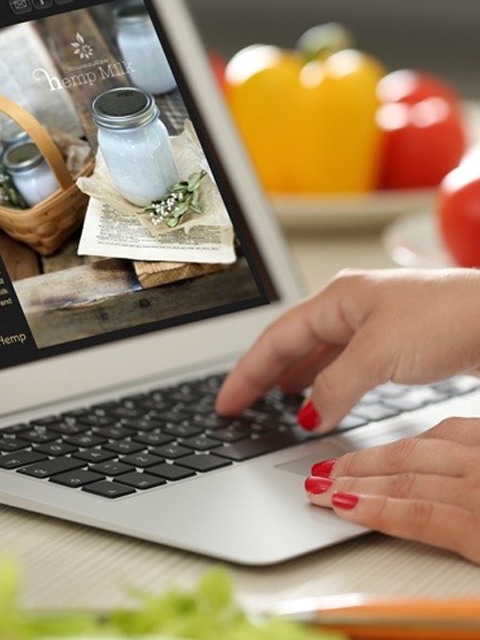


 Add to favorites
Add to favorites
A recipe is like a road map and with clear directions, we can reach the final destination with little to no frustration. If you are new to preparing foods from scratch, or you are following the work of a new chef (recipe developer) you should always (at first) follow their recipe closely. If you are an experienced cook, you can substitute ingredients and even change the proportions a bit. But too much change can cause problems in texture, flavor, and outcome.
It’s a no-brainer, but when you’re in a rush to prepare a dish or feel you already know what you’re doing, you might neglect this essential first step. The most time-saving advice I can give you is to read the recipe from beginning to end before starting. You may have time to start and sometimes finish certain tasks, while others are in the works.
The first time you try another chef’s recipe if at all possible, make it exactly as the ingredient list and instructions indicate. That way you know the appearance, texture, and taste of the dish that the chef was intending. Nothing worse than having someone make your recipe and comment that it didn’t come out or taste good, only to find out that the person substituted with different ingredients or didn’t prepare it as indicated.
I realize that it may not be possible to follow a recipe based on allergies, availability of ingredients, or equipment. If you feel inspired to move forward with a recipe, substitute ingredients to tailor your needs, but be mindful that the taste and texture will be different. Don’t hold the chef accountable.
Get a good set of knives, and learn how to use them properly. A sharp, well-balanced knife set should include a chef’s knife (8″ blade), a small paring knife, and a serrated knife for cakes and loaves of bread. This trio will make chopping easier and safer, and save time in the kitchen.
I always recommend owning a high-powered blender, food processor, and dehydrator. For me, these are a must! I also suggest a mandoline, spiralizer, and lots of measuring spoons and spatulas. I have oodles of measuring spoons. I pick them up at garage sales and thrift stores for 25 cents! I’m able to save time by not having to track down what happened to my half-teaspoon or worry about washing it in between each measurement.
Using the wrong tools can change the outcome of a recipe. If you try to create a cheesecake batter in a food processor, it will have a grainy mouth-feel. If you try to use a blender for a cookie batter, you might overheat the blender and cause the motor to burn up. If you use a dull knife, you increase the chances of cutting yourself. The right tools will get the job done quickly, safely, and more proficiently.
Prep the ingredients before you begin to avoid recipe disasters. You can read more about it (here). Start by chopping, slicing, and measuring. Then arrange the items on a tray with other ingredients for the recipe. This technique is referred to as “mise en place,” which in French means, “setting in place.” Everything is ready to go, so “cooking” is efficient and stress-free. You won’t be halfway through the recipe only to find out that you are missing a key ingredient and have to come to a halt while you run to the store.
Many people view clean up as one of the worst parts about preparing foods. By implementing a few easy tips, this task will become less daunting. Before you start working in the kitchen, fill the sink with warm, soapy water, and as you finish with dishes, slide them into the water. Later, they’ll be easier to clean after a leisurely soaking.
If your food prep station isn’t near a sink, use a tub, large bowl, or cambro to hold all the dirty dishware and utensils. Rather than having all these items scattered about the work area, I pop them in the soaking vessel. This keeps my station clean and less hectic.
A well-written recipe will start with the ingredient list and the ingredients should be listed in the order they are used.
Was this helpful, please let me know! Kitchen blessings, amie sue
thank you